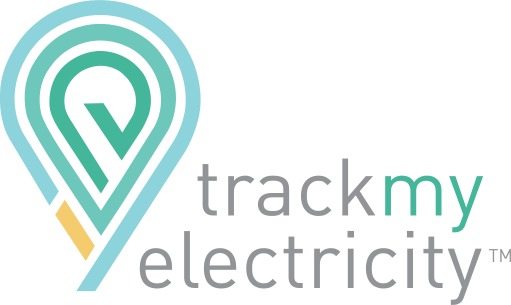Vision
Sempra Infrastructure’s Vision is to deliver energy for a better world.
At Sempra Infrastructure, we develop, build, operate and invest in the energy systems of the future to help address market demands and displace high-emission fuels with cleaner options. As part of the Sempra family of companies, we create sustainable value through four sustainability pillars: achieving world-class safety, championing people, driving resilient operations and helping to enable the energy transition. We share a commitment to tackling climate change and we align with Sempra’s 3Ds framework:
- Decarbonization: reduction in carbon content by substituting higher-polluting fuels with cleaner-burning fuels and reduction in carbon intensity by generating electricity from renewable energy sources.
- Diversification: Investment in new technologies such as carbon sequestration, green hydrogen and energy storage.
- Digitalization: Improvements based on technologies designed to provide operational efficiencies and reduce costs.
Sempra Infrastructure is among the top 10 renewable energy producers in Mexico, with an installed capacity of 1,044 MW. Our Clean Power business line responds to the growing need for renewable energy to decarbonize energy systems and to enable the energy transition.
Chihuahua and Climate Change
Although the Chihuahuan desert is primarily dry and arid, it showcases differences in climate and geography, emblematic of the state of Chihuahua as a whole. While it may resemble a typical desert, it is perhaps one of the most biologically diverse deserts in the world, boasting 3,000 plant species (including more than 500 of the world’s 1,500 species of cactus), more than 110 species of native freshwater fish, nesting sites and migratory habitats for more than 500 bird species, and North America’s largest colony of prairie dogs. However, the whole region is degraded and threatened by various threats, particularly climate change. This is a magnificent region in need of protection, support, and a stand against climate change.
Renewable technologies such as solar power require no water for electricity production, in contrast to water-intensive fossil fuel generation. This is a huge advantage in the search for sustainability in the dry Chihuahuan desert, where water is a scarce commodity typically reserved for agriculture and the ranching industry. Suffering the consequences of climate change, vast tracts of land in the state of Chihuahua have been left barren and unusable. However, thanks to the extremely high potential for solar irradiance of the region, the land and the Border Solar Norte powerplant come together to deliver clean energy to Mexico, while curbing the disastrous effects of climate change.

